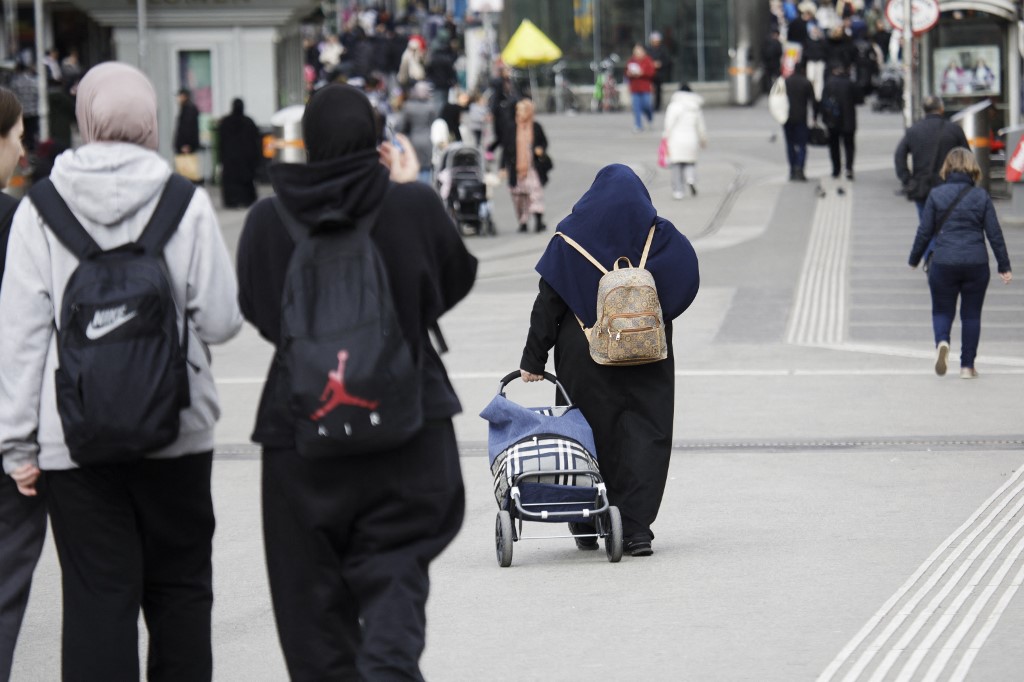
Migrants in Vienna: Segregation on the Rise
Migrant groups in Vienna are often highly concentrated in specific neighbourhoods, with just a few blocks separating very different social worlds. A new study reveals how segregation is forming in small, local areas and offers fresh tools for urban planning.
Migrants of the same nationality in Vienna tend to live in the same residential districts, with the makeup of the population changing significantly within just a few blocks. This is the finding of a pilot study conducted by researchers at the Austrian Academy of Sciences (OeAW), which used a population register database created with artificial intelligence.
According to Robert Musil, an urban researcher at the OeAW, the synthetic population register developed jointly by Vienna’s Statistics Office and the company Mostly AI represents an innovative approach to working with microdata. Typically, privacy concerns make it complicated and „not necessarily inexpensive” to conduct research using this type of data. In addition to analysing segregation within the capital’s population, the study also examined the usefulness of AI-generated data.
The data are essentially AI-generated duplicates of Vienna’s official registry records, but they do not allow for identification of real individuals. Musil noted that using such databases is a relatively new practice in Austria. However, in the United States, the United Kingdom and the Nordic countries, they are already being used in medical research and the financial sector.
Alle Nachrichten für SelberdenkeMigrantengruppen in Wien leben oft stark konzentriert in bestimmten Grätzeln – schon wenige Häuserblocks trennen soziale Welten. Eine KI-Studie zeigt die kleinräumige Segregation und liefert neue Werkzeuge für die Stadtpla… https://t.co/GrHQtrYNlH
— exxpress (@exxpressat) August 6, 2025
The researchers queried, among other things, the country of birth and citizenship in the database. The findings show that people with German roots tend to live in the inner districts, while individuals of Turkish or former Yugoslav background are more prevalent in the outer districts near the ring road, such as Ottakring, Rudolfsheim-Funfhaus, and Favoriten.
The researchers were surprised by the small-scale nature of spatial segregation.
„It is the most pronounced at the lowest level we examined, that is, at the level of blocks,”
the study revealed, noting that „segregation is typically studied at larger territorial units. However, this leaves much of the social variation and dynamics hidden.”
The fragmented socio-spatial patterns can be explained, among other things, by differences in rental prices within districts. Another possible factor is so-called voluntary segregation, meaning that people are more likely to move to areas where their community is already established.
The degree of segregation varies between different ethnic groups.
According to the researcher, Ukrainians often live in organised housing, which leads to a high degree of segregation. People of Polish background, on the other hand, are more widely dispersed throughout the city. This is likely due to the fact that the Polish group is socially diverse and therefore able to afford varying levels of rent, Exxpress reported.
There are also significant differences across housing market segments. People of Turkish background are more likely to move into council estates or apartment blocks, as they have been living in Vienna for longer. New immigrant groups, such as Germans, tend to settle in areas with higher property prices. Overall, patterns of segregation are shaped by the structure of the housing market, such as rental prices in older buildings, ownership status, municipal housing, or non-profit housing developers, as these come with different levels of accessibility and are unevenly distributed across urban space.
AI-generated registry system shows great potential but needs improvement
Across Vienna, AI-generated data generally matched the results of tests conducted using the actual registry system by the city’s statistics office. However, there were sometimes significant deviations at the local level. Additionally, the comparison revealed that the AI-generated registry consistently underestimated the degree of segregation.
„For future synthesis, we recommend incorporating factors that highlight spatial differences, such as local property prices or transport routes like Vienna’s ring road,” the study’s author said.
They added that for urban planning and research, it would be a „huge advantage” if the virtual registry were adjusted accordingly. More detailed and accurate knowledge at local levels could help identify hotspots of segregation and counteract them in time through upgrading measures. „And just because someone shouts the loudest doesn’t necessarily mean they’re the most affected. The tool could help bring a certain level of objectivity to public discourse,” the researcher concluded.

